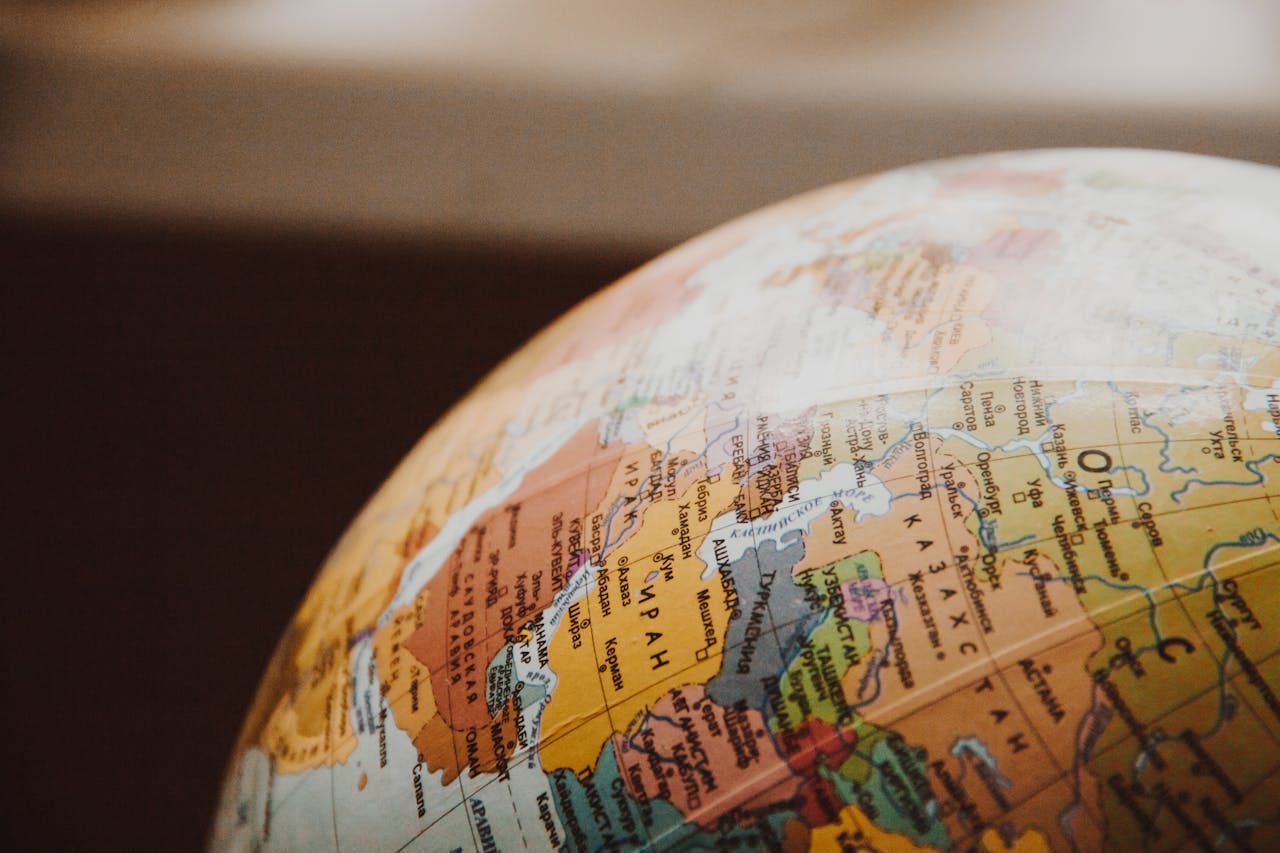Best Regions for FSD Driving in 2025: Laws vs Reality
Just because your Tesla says “FSD” doesn’t mean you can use it everywhere. In 2025, the global rollout of Tesla’s Full Self-Driving software remains fragmented—not because of technical limits, but because of regulatory gridlock, insurance uncertainty, and political hesitation.
From California to Dubai, and from Berlin to Ontario, the question is no longer “Can FSD work?” but rather “Are governments letting it work?” Here’s a breakdown of where FSD actually thrives, where it’s legally blocked, and which regions are stuck in a bureaucratic no-man’s-land.
1. United States: A Patchwork of Progress
In the U.S., Tesla’s FSD faces a state-by-state legal maze. While the software may be technically enabled nationwide, actual usability varies widely.
✅ FSD-Friendly States:
- California (esp. SF Bay Area, LA): High adoption, open testing policies, active robotaxi experiments.
- Texas (Austin, Houston): Elon Musk’s new hub; full OTA support and limited local pushback.
- Florida: Permissive laws, no special permits needed for autonomous vehicles.
⚠️ Gray Zones:
- New York: Technically legal, but local road conditions and camera restrictions make FSD risky.
- Massachusetts & Illinois: Allow usage, but unclear enforcement leaves users hesitant.
❌ Restrictive States:
- Connecticut & Rhode Island: Require human driver to keep hands on wheel; FSD city driving limited.
- Nevada: Oddly cautious despite AV history; robotaxi tests allowed, but personal FSD usage unclear.
✅ Insurance Note: Tesla Insurance currently covers FSD in 12 states, making it easier to use full features without third-party insurer drama.
2. Canada: Mostly Open, But Winter Is Brutal
Canada, in general, is open to FSD usage—legally speaking. Tesla has enabled FSD Beta in provinces like Ontario, British Columbia, and Alberta.
However, FSD’s actual usability drops sharply during winter months. In areas like Québec, heavy snow and road salt often confuse the camera-based vision system.
✅ Tip: FSD works best in urban centers with clean, well-marked roads, like downtown Toronto or Vancouver.
3. Europe: Rules First, Innovation Second
The EU is notorious for its slow-moving regulation of autonomous vehicles, and 2025 is no exception. Tesla’s FSD faces legal hurdles across most European countries, largely due to UNECE (United Nations Economic Commission for Europe) standards.
❌ FSD Restricted:
- Germany: Only allows Level 2 autonomy. Hands must stay on the wheel; city street autonomy blocked.
- France, Spain, Italy: Similar restrictions, with heavy fines if drivers appear “unattentive.”
- Sweden & Finland: Testing zones allowed, but FSD not permitted for public street use.
✅ Slightly More Open:
- UK (post-Brexit): Has begun allowing limited Level 3 trials, including hands-off driving in traffic jams.
- Norway: Encouraging autonomous innovation, though FSD still considered Level 2.
✅ Note: Tesla has not yet enabled full FSD features in the EU, even for users who’ve paid the full price.
4. China: Advanced Hardware, Unclear Future
While China is home to some of the world’s most advanced AV infrastructure (e.g. in Beijing, Shanghai), Tesla’s FSD still faces regulatory delays.
- FSD Beta is not officially available in China as of mid-2025.
- Domestic rivals like XPeng, Baidu Apollo, and Huawei Aito have overtaken Tesla in urban AV deployment.
📉 Ironically, Chinese Teslas often ship with the latest hardware (e.g. HW4), but the software is region-locked due to data law restrictions.
5. Middle East: The Fastest Movers?
Countries like the UAE and Saudi Arabia have become surprising AV frontrunners.
✅ Dubai:
- Hosts autonomous vehicle zones with full legal coverage.
- Tesla FSD features enabled on most roads.
- Actively collaborates with AV developers like Zoox and Cruise.
✅ Saudi Arabia:
- High investment in smart infrastructure.
- Tesla FSD legal on highways; urban rollout pending in Riyadh and Jeddah.
🏎️ With clear roads, modern traffic systems, and centralized government control, the Middle East could become the world’s first fully FSD-ready region.
6. Australia & New Zealand: Supportive but Limited by Scale
Australia has approved limited autonomous driving trials, with Tesla FSD technically allowed on public roads. However:
- FSD Beta features are not fully unlocked yet by Tesla.
- Low population density and limited data for training make city-level FSD less practical.
New Zealand follows a similar path—supportive regulations but minimal infrastructure investment in AV.
7. Reality Check: Where Tesla Actually Enables FSD Features
Tesla doesn’t just follow laws—it also throttles FSD features based on fleet data, accident rates, and local politics. Here’s a simplified table of where features are active:
| Region | Highway FSD | City Street Driving | Navigate on Autopilot | Smart Summon |
|---|---|---|---|---|
| California (USA) | ✅ | ✅ | ✅ | ✅ |
| Texas (USA) | ✅ | ✅ | ✅ | ✅ |
| Ontario (Canada) | ✅ | ✅ (weather-limited) | ✅ | ✅ |
| UK | ✅ | ❌ | ✅ | ❌ |
| Germany | ✅ (w/ hands-on) | ❌ | ✅ (partial) | ❌ |
| UAE | ✅ | ✅ | ✅ | ✅ |
| China | ❌ | ❌ | ✅ | ❌ |
Final Thoughts: The Map Is Political, Not Just Technical
FSD in 2025 isn’t just about technology—it’s about political will, legal frameworks, and risk appetite.
The irony? Some of the most advanced countries (Germany, France) are the least permissive, while regions like Texas, Florida, and Dubai are charging ahead into the future with open arms.
If you’re considering buying FSD or relocating with a Tesla, think beyond the hardware specs. The real question isn’t “Can the car do it?” but “Will they let you use it?”
And that answer? It still depends on your zip code.
Is Tesla FSD Beta Safe in 2025? Real User Reviews & Safety Analysis
Where Is Tesla FSD Available in 2025? Country-by-Country Breakdown
Who Is Liable for FSD Accidents? A Deep Dive in 2025
How to Activate Tesla FSD(Full Self-Driving) via the Tesla App in 2025
FSD Insurance 101: What Every Tesla Owner Should Know in 2025



